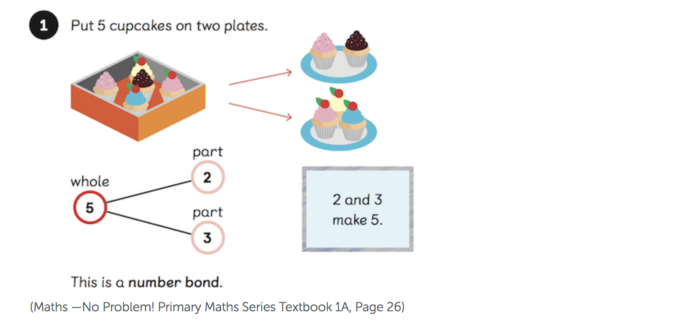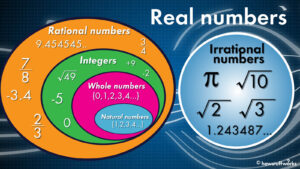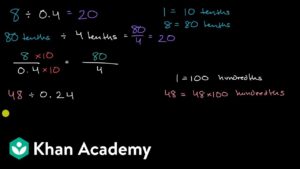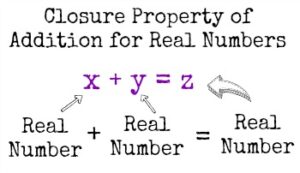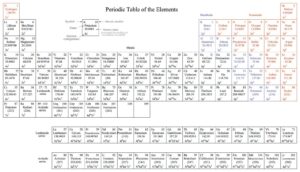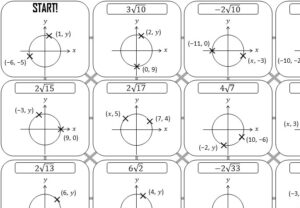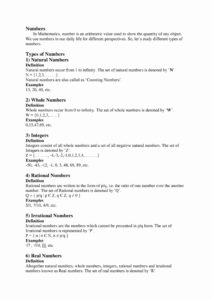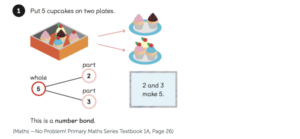How To Teach Whole Numbers In Primary School
You may be one of the many parents who think that learning how to teach whole numbers in primary school is an interesting subject. If so, you would be wrong. This is a subject that should not be taught at the age when most children are ready to learn. If you were thinking that you could learn about this by teaching it to your kids when they were toddlers and small, then you are sadly mistaken. Even elementary school is too early for teaching such concepts.

Why? Whole numbers can only be taught when a person is dealing with dollars and cents. They are not relevant to any other type of money. And when dealing with real life situations, they are even less relevant. So the chances of a kid understanding this subject in primary school are almost nil. The reason for this is that people learn from experiences and not facts.
How to teach it? This can be taught using both visual and audio mediums. It is a good idea to use a mix of both. This will enable them to learn along with their classmates.
The best way to teach it is through role playing. Have your kids play out a simple story using numbers as the major props. Ask them to answer the questions based on what they have read from the story. This will make it easier for the children to understand concepts like multiply, divide and fractions.
How to teach whole numbers in primary school can be made even more interesting and interactive through coloring. Divide them in groups of two or three. Have them color the cells in groups of four. Then ask them to identify the group with the correct number. For example, they can color the cells that say “three” with green, the cells that say “two” with blue and so on. This will create some interest and curiosity among them.
How to teach it to your students also depends on how you want them to see the math results. Use graphs, tables or charts when making presentations. You can also encourage them to do real-life worksheets using these same numbers. They can do sums, averages and ratios for the examples below.
These are just few ideas on how to teach whole numbers in primary school. There are many more ways on how to effectively do it. If you don’t have time to explain them to your students though, just do what they are doing. You will find that they will be doing just fine with whatever activities you give them.
And as a secondary point, do remember to keep it interesting. Go back to the ideas above and use them as your inspiration. How to teach whole numbers in primary school can be very easy if you want it to be so. So don’t just sit there and think of the ways on how you can make it simpler and easier. Come up with your own ways and see how it goes!
But before anything else, you need to have an idea or concept of what you are teaching. If not, you’ll just be spinning your wheels. Take time to decide which concepts you will be using. Do you want to just count by twos or even threes? What about doing addition and subtraction? The more you know, the better you’ll be able to communicate it to your students.
Once you’ve made up your mind, figure out your resources. Who is going to be teaching? Is it going to be you or is it going to be a teacher from the school? This is vital. Knowing the gender of the children involved is important too. It’s because children learn best with the guidance of their teachers.
Once you’ve selected the concept and decided who will be teaching, then you can move on. Now you just need to find resources for the classes. Have the teacher handouts available so the children can get used to reading them. It helps when you give them the most common concepts first. Once they’re familiar with those concepts, you can move on to the more difficult ones.
Finally, you can begin to plan out the lessons. Make sure each lesson is different so that the children don’t become bored. Always move on to the next lesson before you run out of time or get frustrated. If you keep the topics interesting, the kids will be eager to sit through the rest of the lessons. So, if you’re wondering how to teach whole numbers in primary school, you’re already on your way.
